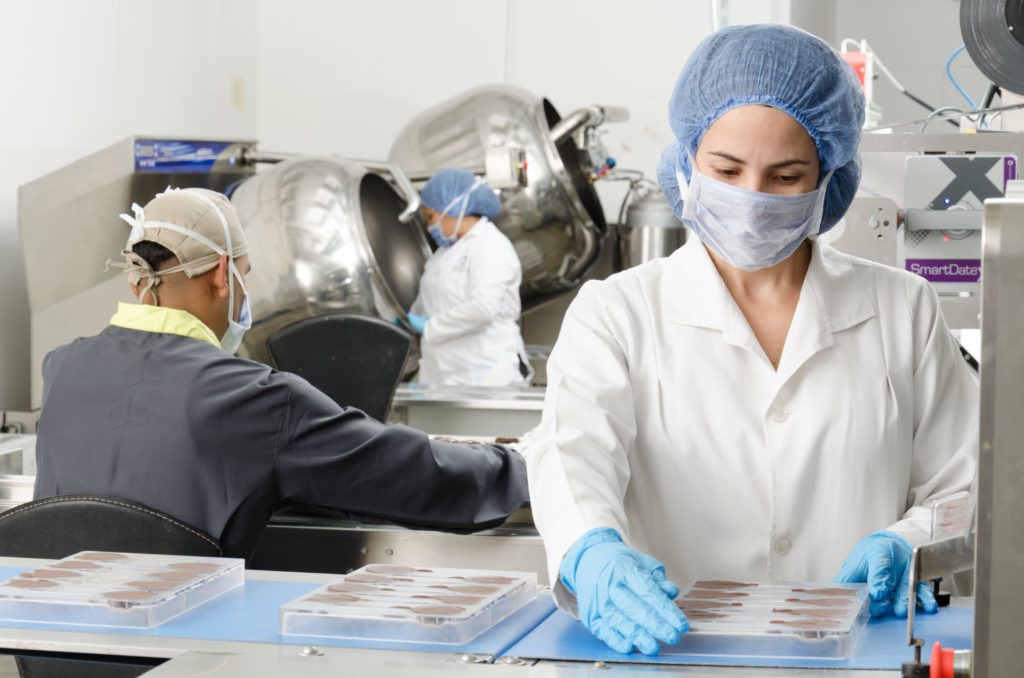Surgical Preference Cards
By: Jason Harris, MD, CEO
Published: March 3, 2019
Throughout medical and surgical history, healers, practitioners, and surgeons have attempted to document diseases and their treatments. Surgical procedures, in particular, have been outlined by ancient civilizations including the Egyptians and Incans. The importance of surgical preference cards has been appreciated from at least the early 1900s with ‘Nurses record cards”. Later renamed physician preference cards, these cards contain physician-specific information including instruments, supplies, patient positioning, and equipment needs. Today, there are more than 232 million procedures performed worldwide. With the emergence of electronic health records, the inevitable move from written to electronic preference cards has occurred. Despite the transition to a more structured electronic system, the maintenance of preference cards and their overall utility remains a constant struggle.

Current preference card technology does not capture much of the needed information for a surgical team setting up or performing operative cases and is often contaminated by superfluous, redundant, or outdated information. Significant reliance is still made on team experience with any given surgeons’ preferences; moreover, the preference cards lack the structure to contain this information. When preference cards are not updated, they misrepresent both the contemporary needs of the surgeon and resources available through the hospital. Inefficiencies appear through use of outdated preference cards by promoting these inaccuracies. Although operating room personnel relies on preference cards to prepare an operating room, there is an overlying, and appropriate, mistrust of the data contained within these cards. Staff may pull unnecessary items based on what they think the physician will want, to avoid delays during the procedure. This leads to wasted supplies and labor, unnecessary costs, and frustrated staff. Physicians are not active participants in maintaining the cards and therefore not overseeing the accuracy of the card. A system of updating preference cards is site determined and often not updated regularly by nurses due to lack of oversight, time limitations, and accessibility of desktop computers.
Preference card standardization has been implemented in many hospitals in an effort to resolve the issue of outdated preference cards. This has also been found to reduce hospital costs and accommodate bundling payment and performance-based pay. However, standardization of preference cards may overlook the individual needs of the physician in the operating room and solely focuses on the financial side of the operating room, which is not clinician-friendly.
OR Link provides a reimagined preference card and surgical workflow promoting the accuracy and potential of our digital age. Through our feedback based permission system, active inventory assessment, and revolutionary user experience, hospitals, and surgeons are no longer subjected to the oldest and most antiquated communication tool in healthcare.
